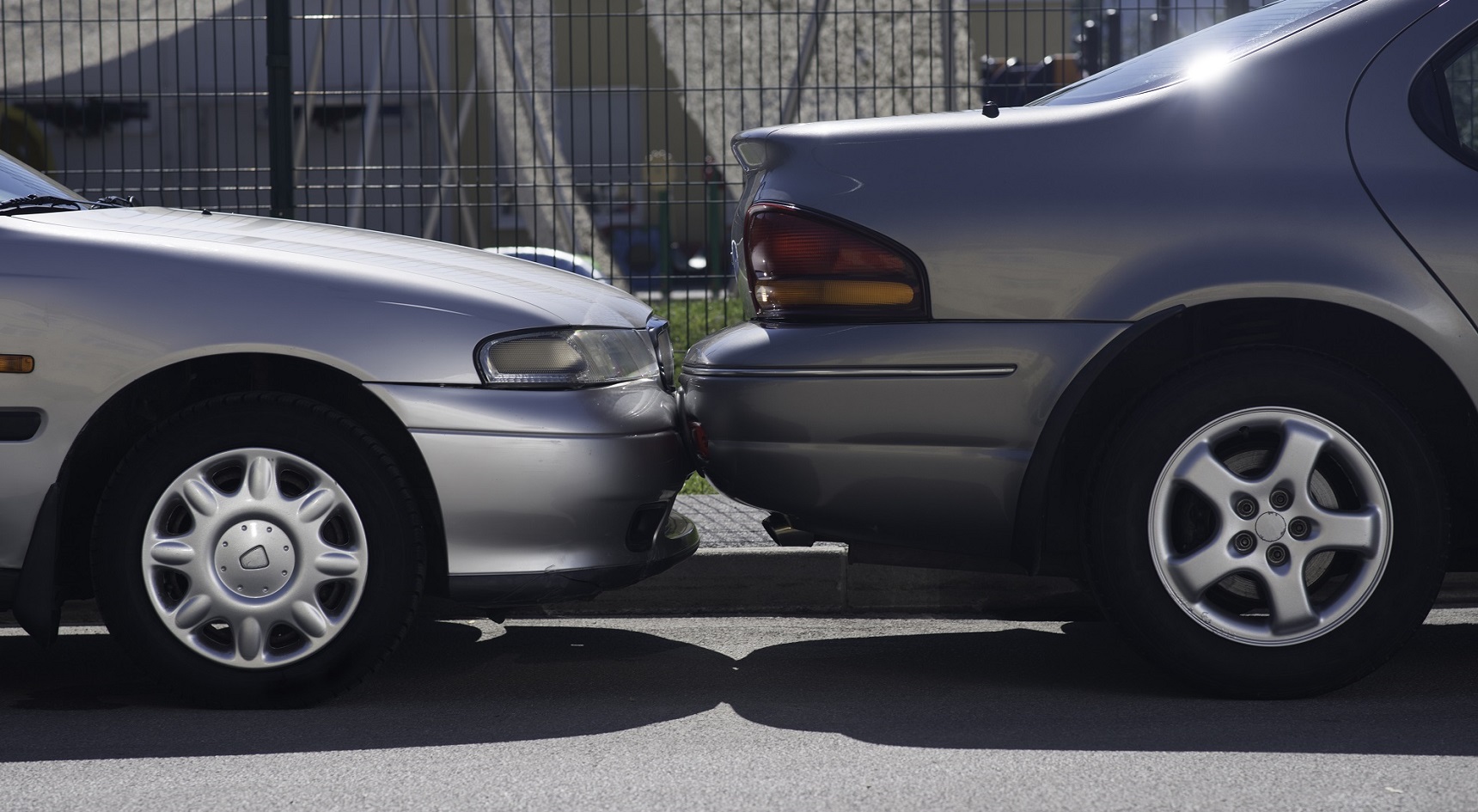Why reverse parallel parking can be tricky

There are two types of drivers: reverse parallel parking pros and those who’d rather walk 500m in torrential rain to their destination than attempt the dreaded manoeuvre.
So, why can some master reverse parallel parking in three simple steps and others spend half an hour trying to complete the mission before giving up? (Yes, there are multiple viral videos of drivers doing just that).
To help us understand this tricky parking technique, we spoke to RAA driving instructor Phil Kellett who has witnessed the good, the bad and the ugly of reverse parallel parking.
Why reverse parallel parking can be tricky
Parking parallel to the road sounds easy enough – so why then do some drivers find the idea of reverse parallel parking into a spot so challenging?
The manoeuvre can be intimidating for some drivers, particularly learners.
“This can be from drivers never having been shown how to parallel park properly, poor spatial awareness, or not knowing how physically large their vehicle is,” Phil says.
He estimates about 80% of his student drivers can successfully reverse parallel park. However, Phil admits attempting the manoeuvre between two cars is “very different” than parking between poles or cones, and can be daunting on busy roads.
“I think it gets a bad reputation. Drivers tend to overthink and overestimate the process.”
Phil suggests some of the more common questions he’s asked are: will my car fit? Am I going to hit the vehicle behind or in front of me – or both? Are my tyres too far from the kerb? (The legal requirement in SA is to be within 30cm of the kerb).
Despite some drivers being puzzled by the ins and outs of how to complete the motion, according to Phil there’s no science behind the perfect parallel park. In fact, it’s a case of practice makes perfect.
“It all comes down to getting the turning points and sequencing right,” he says.
But there’s another factor contributing to a driver’s ability to safely pull off the operation.
It really depends how individuals are wired at the end of the day. Some just find it easier than others.
Dubbed unofficially as parallelphobia, reverse parallel parking is a real fear for motorists worldwide. So much so, the act of backing into a park was revealed as the fourteenth most stressful situation in life, according to a UK survey by comparison site Confused.com, which asked drivers their biggest fears behind the wheel.
Colliding with the car in front or behind, becoming stuck mid-manoeuvre, feeling judged and having trouble getting out of the space were some reasons respondents felt stressed when faced with parallel parking.
So, how do you fair? Let us know in our reverse parallel parking poll below.
What’s your intersection IQ?
Let’s back up a bit
Learning how to reverse parallel park is a handy skill to master, but – contrary to popular belief – it doesn’t determine whether you pass or fail your driver’s test.
In South Australia, the competency-based training driving assessment grants learners two opportunities to successfully complete the manoeuvre. If they don’t pass the task with flying colours, there’s the chance to redeem themselves in other areas of the test.
Similarly, if the learner driver has opted for the 45-minute VORT test, they must demonstrate five slow-speed manoeuvres, which includes reverse parallel parking. Again, a perfect parallel park isn’t required. The learner will, however, need to achieve an overall score of 90% or more, and no road rules must be broken during the on-road test.


